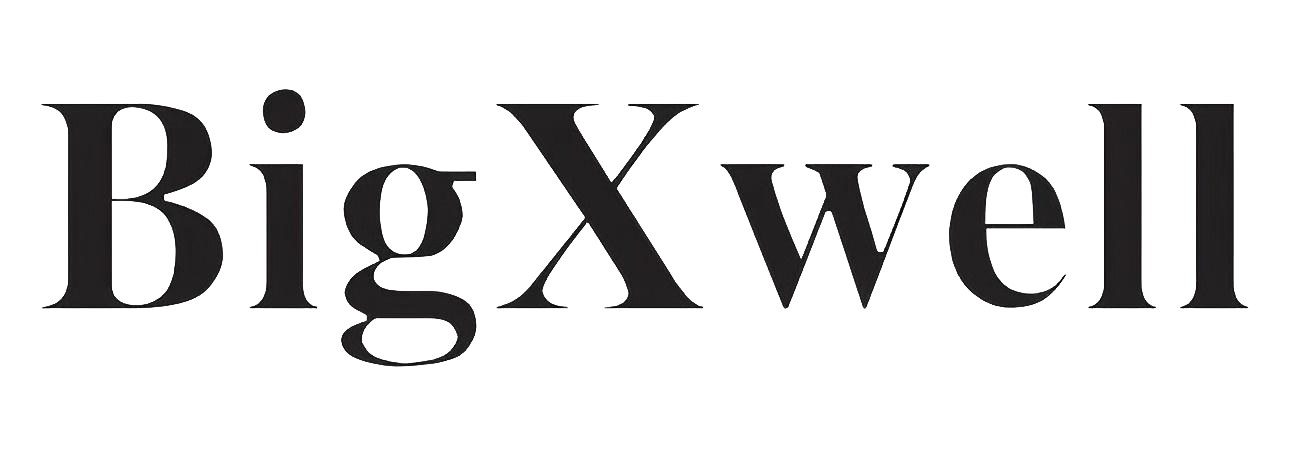When it comes to selecting the right material for your project, the thickness of the material plays a crucial role in determining its durability and performance. In the world of materials, the terms 8mil, 12mil, and 16mil refer to the thickness of a specific type of material. But what exactly do these numbers mean, and how do they impact your project? Let's dive into the differences between 8mil, 12mil, and 16mil to help you make an informed decision.

What does "mil" mean?
Before we delve into the differences between 8mil, 12mil, and 16mil, it's essential to understand what "mil" represents. In the manufacturing industry, "mil" is a unit of measurement that stands for one-thousandth of an inch. It is commonly used to measure the thickness of materials such as plastic, paper, or fabric.
8mil: The Lightweight Option
8mil is considered a lightweight material, ideal for projects that require flexibility and a thinner profile. This thickness is commonly used for applications like protective covers, lightweight packaging, or temporary signage. While 8mil offers flexibility and cost-effectiveness, it may not provide the same level of durability as thicker options.
12mil: The Balanced Choice
12mil strikes a balance between flexibility and durability, making it a versatile choice for a wide range of projects. This thickness is often used for items like laminating pouches, sturdy packaging, or durable presentations. 12mil offers a good combination of strength and flexibility, making it a popular choice for various applications.

16mil: The Heavy-Duty Solution
16mil is the thickest option among the three, offering maximum durability and rigidity. This thickness is commonly used for heavy-duty applications that require a high level of strength and protection. Items like binding covers, rigid packaging, or durable signs often utilize 16mil material for long-lasting performance.

When choosing between 8mil, 12mil, and 16mil materials, consider the specific requirements of your project. If flexibility is key, 8mil may be the right choice. For a balance of strength and flexibility, 12mil is a reliable option. And if you need maximum durability and rigidity, 16mil is the way to go. Understanding the differences between these thicknesses will help you select the most suitable material for your project.
